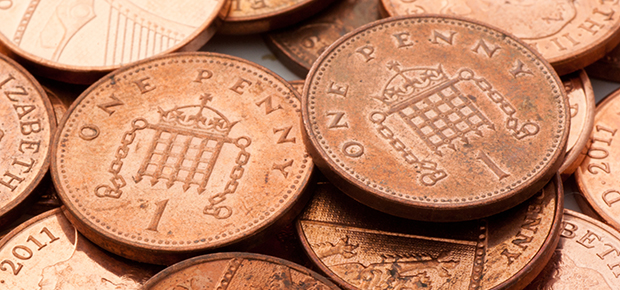 Go to Canterbury Christ CHurch University's website
Go to Canterbury Christ CHurch University's website
 Go to Canterbury Christ CHurch University's website
Go to Canterbury Christ CHurch University's website

The Penny Experiment
Secondary | Materials | Views: 22921
You will need:
What to do:
Note: You want to keep the liquid you used to clean the pennies, so don’t dump it down the drain!
How does it work? Pennies get dull over time because the copper in the pennies slowly reacts with air to form copper oxide. Pure copper metal is bright and shiny, but the oxide is dull and greenish. When you place the pennies in the salt and vinegar solution, the acetic acid from the vinegar dissolves the copper oxide, leaving behind shiny clean pennies.
Design your own experiments with pennies!
Explore chemistry using pennies and ingredients from your kitchen. Household chemicals that can clean or discolour your pennies include baking soda, vinegar, ketchup, salsa, pickle juice, detergent, soap, fruit juice… the possibilities are limited only by your imagination. Make a prediction about what you think will happen and then see if your hypothesis is supported.
We would love to see your own experiments! Send them to us at askanambassador@canterbury.ac.uk or tag us on Twitter @STEMHUB_SE